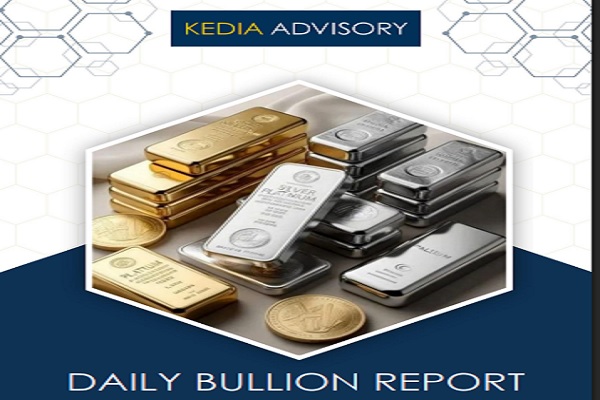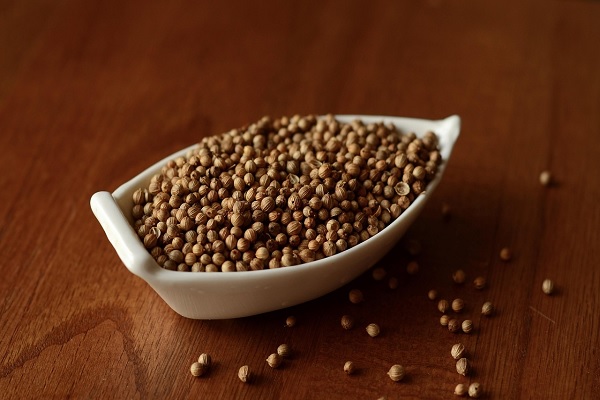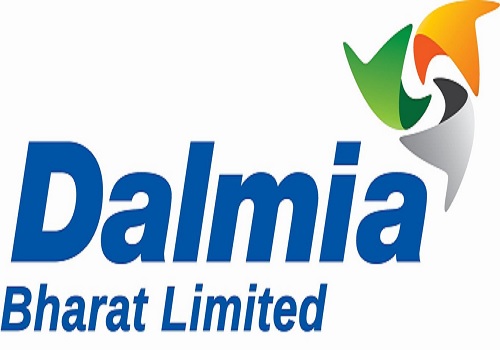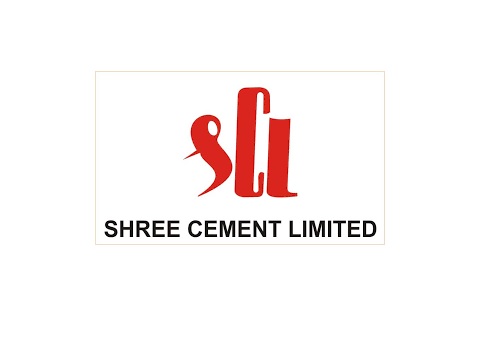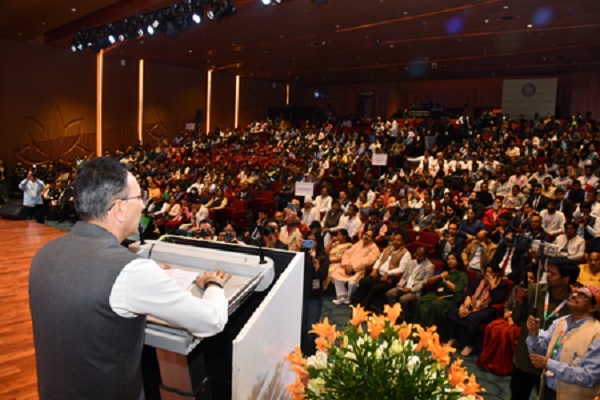Capacity Share of Top 4 Cement Players to Rise to 60% by FY26-end By Care Edge Ratings
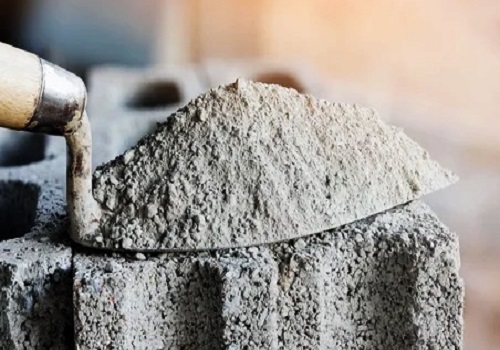
Organic and inorganic additions by large cement players on the rise
The Indian cement industry achieved a decadal high in organic capacity addition during FY24, with nearly 45 million tonnes of new capacity bringing India’s total installed capacity to 641 million tonnes as of March 31, 2024. This is against average of 25-30 millions of average annual capacity addition over the last decade. Looking ahead, an additional 90-100 million tonnes are expected over the next two years, with approximately 65% of this increase driven by the top four players. Over the longer term, CareEdge Ratings anticipates a total of 234 million tonnes of capacity to be added across India, again with the top four companies leading the way.
Simultaneously, the industry is also witnessing significant spike in mergers & acquisitions activity leading to significant consolidation. The industry has seen around 18 deals since April 2014 with almost 195 million tonnes of capacity changing hands, out of which close to 116 million tonnes deals have been executed between FY23 till July 2024. This signifies the increasing intensity of consolidation in recent years. Adani group also entered cement industry in FY23 with acquisition of Ambuja Cements Limited and ACC Limited, having combined cement capacity of 67.5 million tonnes, from Holcim Limited.

Regional players, constrained by financial strength are adding limited capacities; being acquired by pan-India large players
Given the demand potential that India holds which emanates from increasing infrastructure projects, urbanisation, and housing demands many leading players in cement industry are gearing up to enhance their production capacities and operational efficiencies to meet the growing requirements. Large Players are aiming at increasing their capacities by 50%-200% by 2030 through a combination of organic and inorganic expansions. The regional players with modest to moderate sized capacities have been slower in capacity additions. Constrained by relatively smaller balance sheet size, the pace of growth for regional players significantly lags behind market leaders of the industry. Certain regional players as well as indebted cement players are putting up their cement assets on sale. This is partly also driven by lower market valuation enjoyed by these players compared to the relatively better valuation offered by acquirers. Some regional players’ cement capacities trade even lower than the replacement cost. The replacement cost of a cement plant is in the range of Rs.8000-11000 per tonne, varying based on availability of limestone reserves, quality of available limestone; the nature of the plant (whether integrated or a grinding unit), including facilities attached to the main plant and equipment (WHRS, CPP, railway siding, etc.), and plant’s location. Hence, the sector has witnessed consolidation, with large cement makers taking over regional heavyweights as well as struggling companies through competitive bidding under the Insolvency and Bankruptcy Code. Indeed, while most of the stressed assets have been acquired over the past five years, we anticipate an acceleration in consolidation where other relatively weak mid-size and small assets will be the focus. Out of all the markets, we expect southern market still offers a larger base to get consolidated as it still stands the most fragmented market when compared to other regions despite recent activity seen with Penna, Kesoram, and India Cements announcements.
Chart 2: Player Capacity Share in Indian Cement Sector

Above views are of the author and not of the website kindly read disclaimer


